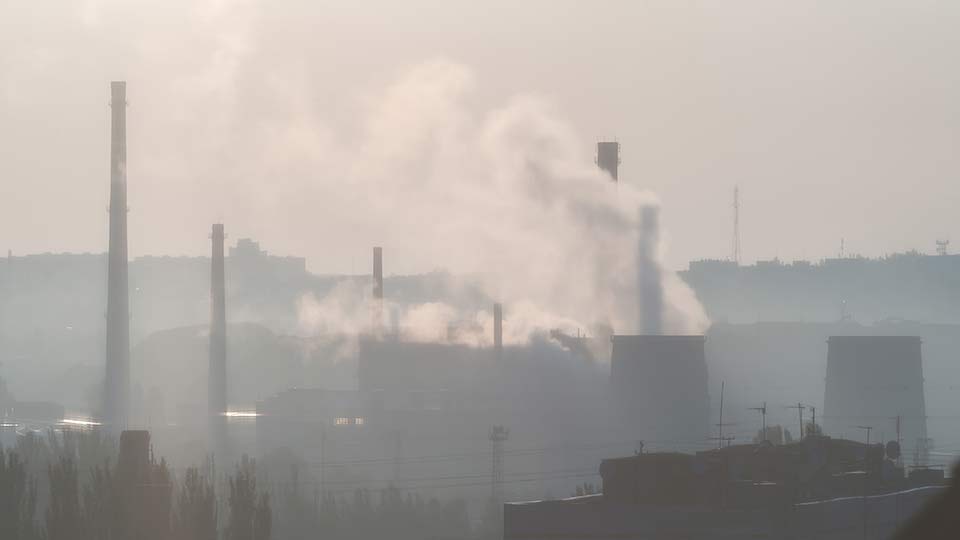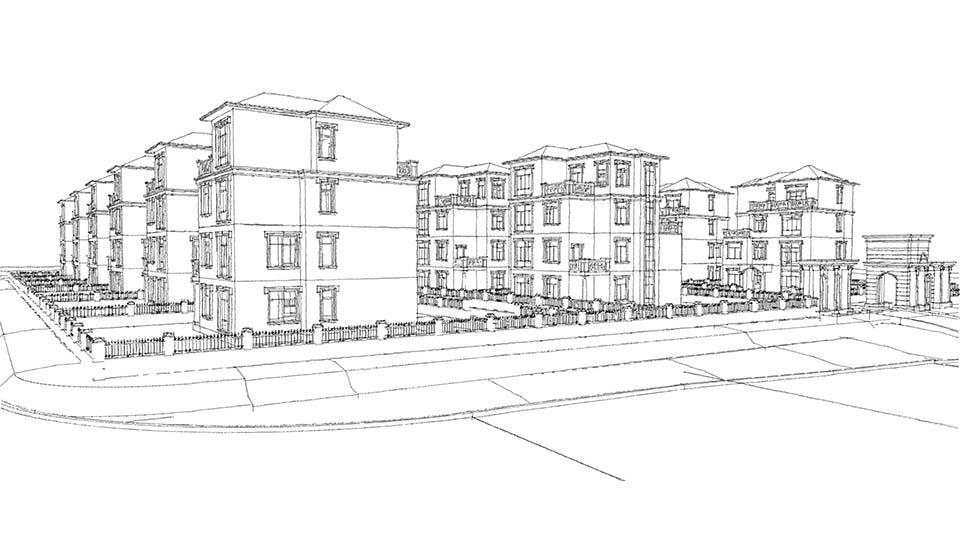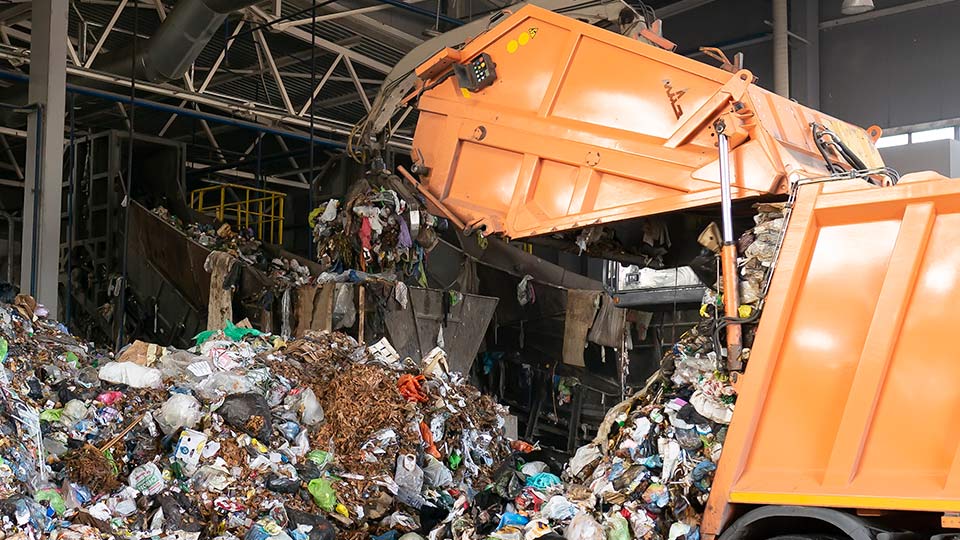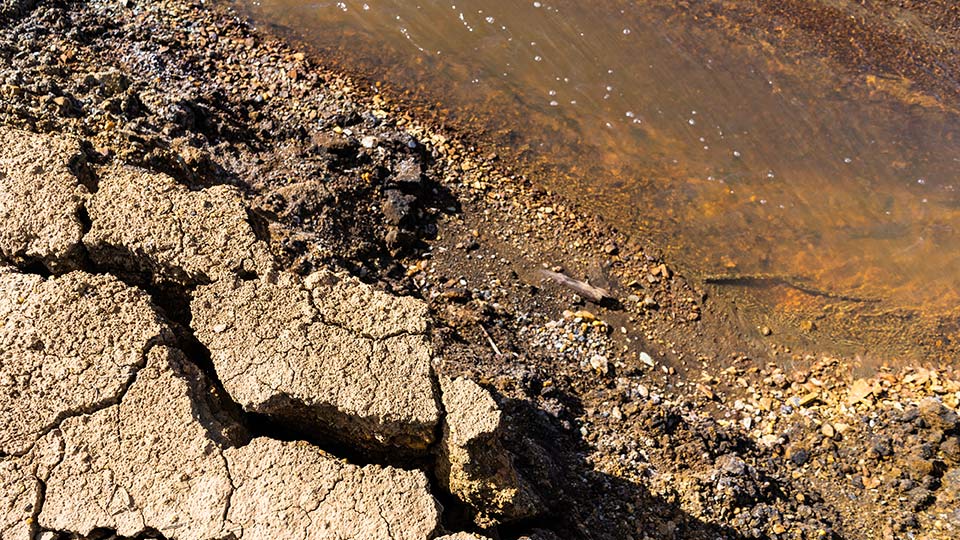
The protection of water, soil, flora, fauna, air and the ozone layer from pollution, protection from noise, radiation, protection of biodiversity, geodiversity, national parks and protected areas, the restoration of polluted parts of the environment, proposing measures for the treatment of solid waste, spatial planning, the spatial information system, the supervision under its authority and performs other things established by law.
The Ministry of Environment and Physical Planning is a key institution responsible for the protection and sustainable use of the country's natural resources. The main purpose of this ministry is to maintain environmental balance and protect ecosystems from various endangerment, including air pollution, water and land.
The initial role of the Ministry of Environment and Physical Planning is to formulate and implement the Sustainable Development Strategy, which includes measures to reduce harmful gas emissions, protect biodiversity and waste management. The ministry also has responsibility for negotiating and implementing international agreements and conventions relating to environmental protection.
On the other hand, the Ministry of Environment and Physical Planning plays a key role in the education and awareness of the citizens about the need for environmental protection. Through education and information campaigns, it encourages citizens to participate in the protection of natural resources and to accept environmental practices in their daily lives.
With these measures and activities, the Ministry of Environment and Physical Planning promotes sustainable development and preserves natural wealth for future generations.
For better efficient and effective functioning, internal organization, as well as performing expert affairs in the areas covered by the Ministry, more sectors and their departments have been created:





